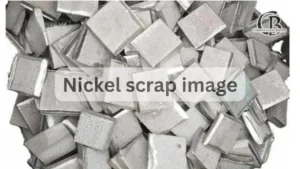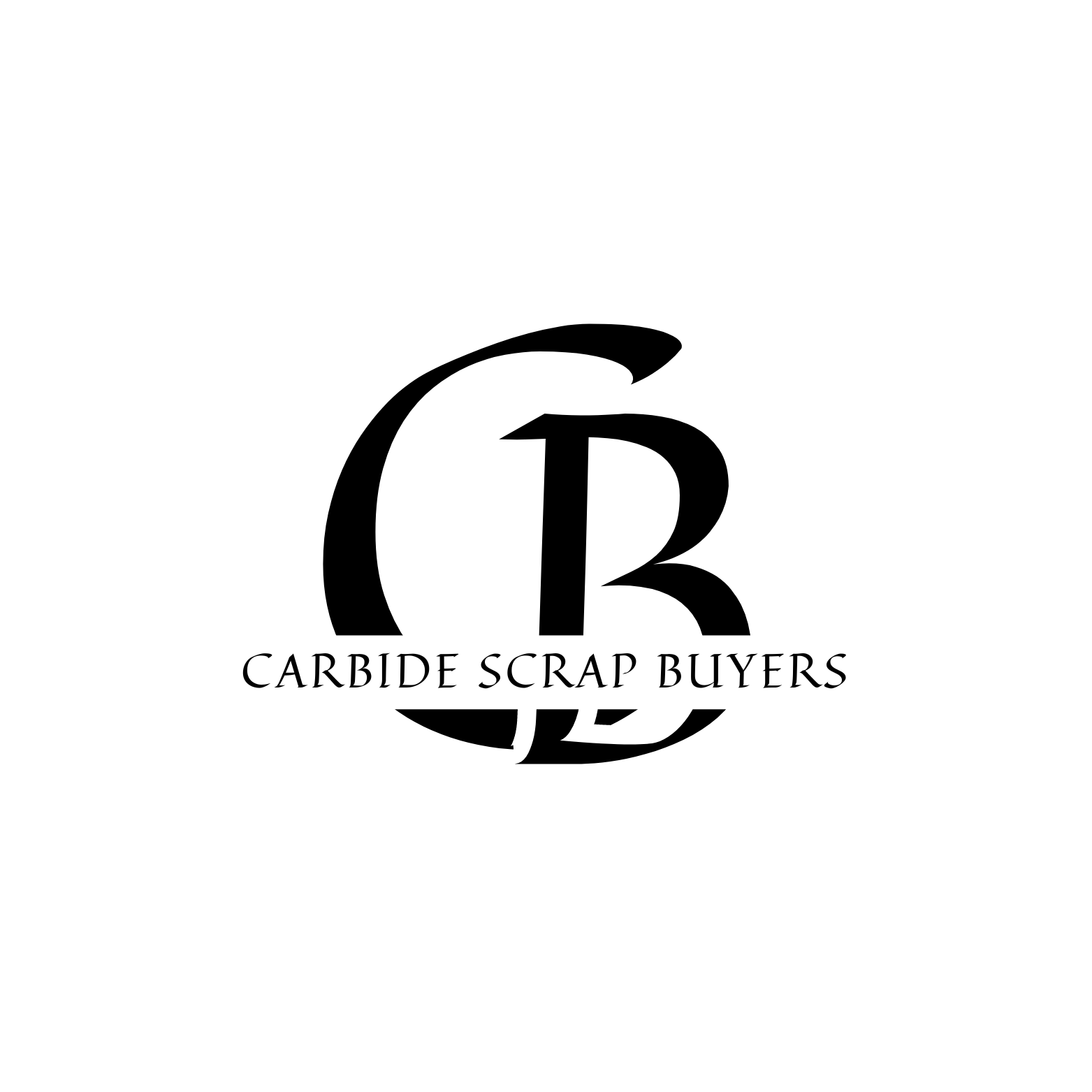
Carbide Scrap Identification: A Comprehensive Guide
Table of Contents
In today’s world of recycling and sustainable practices, identifying and properly recycling materials is crucial. Carbide scrap is a valuable resource due to its unique properties and extensive use in various industries. However, identifying carbide scrap can be challenging for those unfamiliar with its characteristics. This guide aims to provide a comprehensive overview of carbide scrap identification to help you make informed decisions and contribute to a more sustainable future.
What is Carbide?
Carbide, specifically tungsten carbide (WC), is a chemical compound containing equal parts of tungsten and carbon atoms. It is renowned for its exceptional hardness, wear resistance, and high melting point, making it an ideal material for cutting tools, industrial machinery, and various applications requiring durable components.
Why is Carbide Scrap Valuable?
Carbide scrap is valuable because of its tungsten content. Tungsten is a rare and expensive metal, and recycling carbide scrap helps conserve natural resources and reduce the environmental impact of mining. Additionally, recycling carbide scrap can be economically beneficial, as it can fetch a significant price in the recycling market.
Characteristics of Carbide Scrap
To identify carbide scrap accurately, it’s essential to understand its key characteristics:
Density and Weight: Carbide is significantly denser and heavier than other metals. It has a density of about 15.63 g/cm³, which is much higher than steel or aluminum.
Color and Appearance: Carbide typically has a grayish, metallic appearance. It can sometimes be mistaken for other metals, but its distinct gray color and heavy weight are telltale signs.
Magnetism: Unlike steel, carbide is not magnetic. Using a magnet to test for magnetism can help differentiate carbide from ferrous metals.
Hardness: Carbide is extremely hard and resistant to scratching. It can easily scratch glass and other hard surfaces. This property is often used to distinguish carbide from other materials.
Markings and Inscriptions: Many carbide tools and components have markings or inscriptions indicating the presence of tungsten carbide. Look for terms like “WC,” “Tungsten Carbide,” or specific brand names known for using carbide.
Tools for Identifying Carbide Scrap
Several tools and methods can aid in the identification process:
Magnet Test: A simple magnet can help you determine if a material is ferrous or non-ferrous. Since carbide is non-magnetic, this test can quickly rule out ferrous metals.
Density Test: Weighing the material and calculating its density can provide a strong indication of whether it is carbide. Compare the measured density to the known density of carbide (15.63 g/cm³).
Scratch Test: Use a carbide tip or a known hard material to scratch the surface of the scrap. If the material can scratch glass or leave a noticeable mark, it is likely carbide.
X-Ray Fluorescence (XRF) Analyzer: For a more precise identification, an XRF analyzer can determine the exact composition of the material, confirming the presence of tungsten and carbon.
Common Sources of Carbide Scrap
Carbide scrap can be found in various forms and sources, including:
Cutting Tools: Drill bits, end mills, and inserts used in machining and metalworking are often made from carbide.
Wear Parts: Components in mining, construction, and other heavy industries, such as crusher jaws and wear plates, are frequently made from carbide.
Industrial Machinery: Parts in industrial machinery that require high durability and wear resistance, such as bearings and nozzles, may contain carbide.
Medical Equipment: Some surgical instruments and medical devices use carbide for its precision and hardness.
Tips for Handling and Storing Carbide Scrap
Proper handling and storage of carbide scrap are essential to maintain its value and safety:
Separate from Other Materials: Keep carbide scrap separate from other types of metal scrap to prevent contamination and ensure easier identification.
Clean the Scrap: Remove any contaminants, such as oil, dirt, or other residues, to increase the scrap’s value and facilitate recycling.
Store in a Dry Place: Moisture can cause carbide to oxidize or degrade over time. Store carbide scrap in a dry, cool place to preserve its quality.
Label Clearly: If you handle multiple types of scrap, clearly label containers with the type of material to avoid confusion and ensure proper recycling.
Conclusion
Identifying carbide scrap requires a keen eye and knowledge of its unique properties. By understanding its characteristics, using appropriate tools for identification, and knowing common sources, you can accurately identify and handle carbide scrap. This not only contributes to environmental sustainability but also provides economic benefits through recycling. Embrace the practice of carbide scrap identification and play your part in creating a more sustainable future.+
FAQs
Carbide scrap refers to discarded or unusable items made from tungsten carbide, a highly durable and dense material commonly used in cutting tools and industrial machinery.
Identifying carbide scrap is essential because it is a valuable material due to its tungsten content. Proper identification allows for effective recycling, which conserves natural resources and provides economic benefits.
Carbide scrap is heavier and denser than most metals, has a grayish metallic appearance, and is non-magnetic. It is also extremely hard and can scratch glass easily.
Useful tools for identifying carbide scrap include magnets, for testing magnetism; density tests, for measuring weight and volume; scratch tests, for checking hardness; and X-Ray Fluorescence (XRF) analyzers, for precise composition analysis.
Carbide scrap can be found in cutting tools (drill bits, end mills), wear parts (crusher jaws, wear plates), industrial machinery parts (bearings, nozzles), and some medical equipment (surgical instruments).
To maintain its value, keep carbide scrap separate from other materials, clean it of any contaminants, store it in a dry place to prevent oxidation, and clearly label containers if handling multiple types of scrap.
No, carbide is not magnetic. This property can help differentiate it from ferrous metals.
The density of tungsten carbide is approximately 15.63 g/cm³, making it significantly denser than many other metals.
Yes, carbide scrap is valuable and can be sold to recycling facilities or scrap dealers. Prices can vary based on the current market value of tungsten.
Recycling carbide scrap helps reduce the need for tungsten mining, conserves natural resources, and minimizes the environmental impact associated with mining and processing raw materials.


